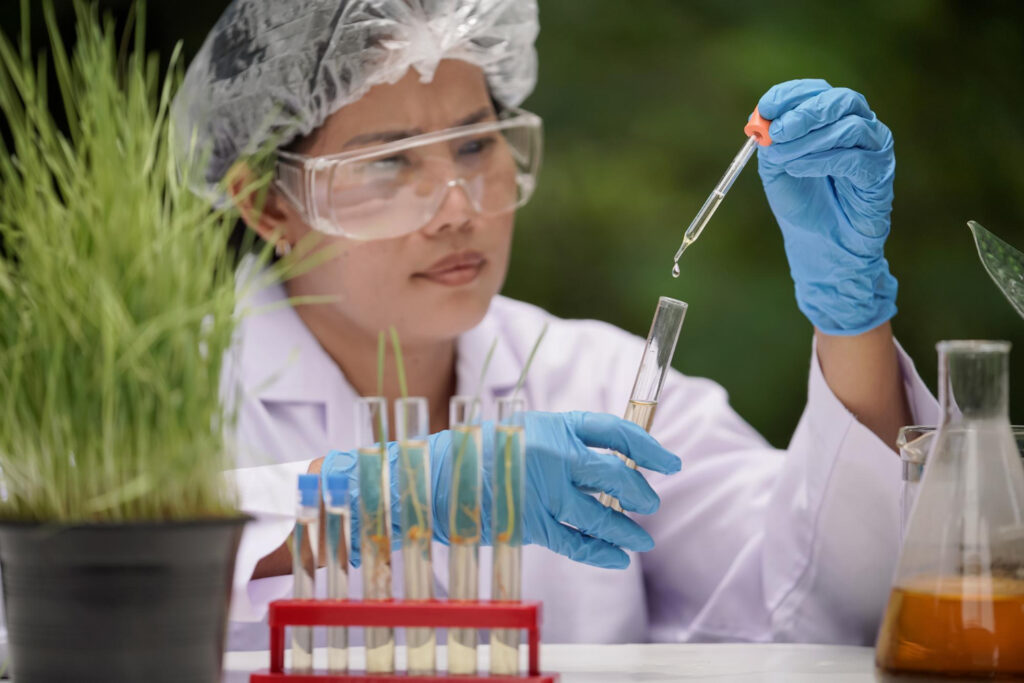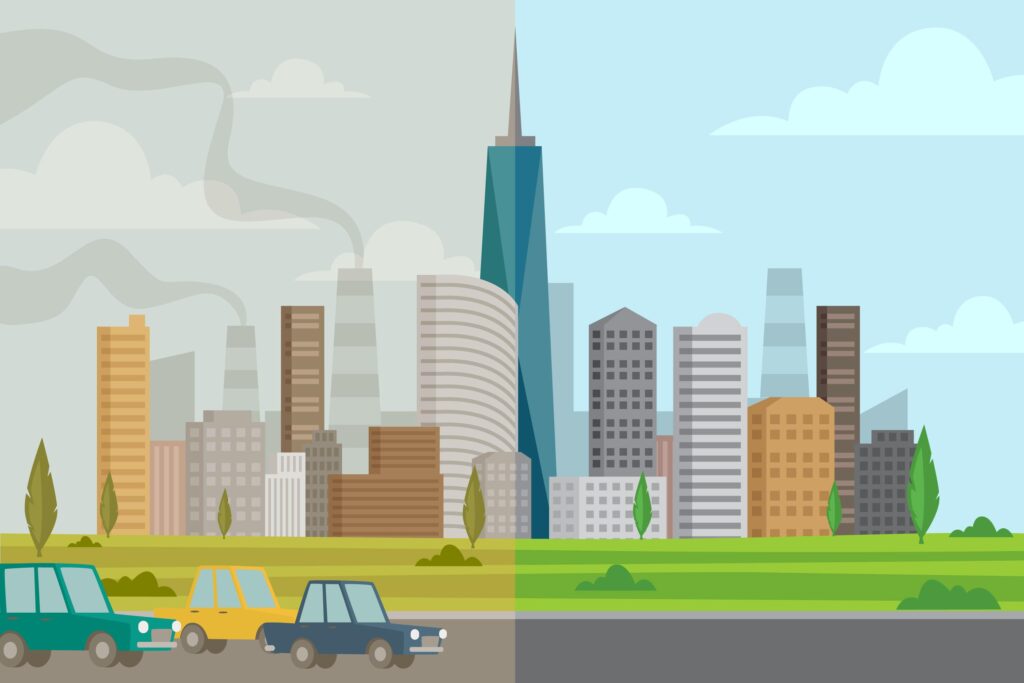
Plastic Pollution : Understanding the Scope of the Problem
One of the most urgent environmental problems the world is currently experiencing is plastic pollution. This problem has grown exponentially in recent decades, largely due to the widespread use of plastic products in everyday life. In this blog post, we will delve into the scope of plastic pollution, its impacts on nature, and what can be done to mitigate this global crisis.
The Ubiquity of Plastic
Plastic is an incredibly versatile material, used in everything from packaging and clothing to electronics and construction. Its durability, low cost, and adaptability have made it a staple in modern society. However, these very qualities also make plastic a significant environmental threat. Unlike organic materials, plastic does not decompose easily; it can persist in the environment for hundreds to thousands of years.
The Scale of the Problem
According to recent studies, over 8.3 billion metric tons of plastic have been produced since the 1950s, and about 60% of that plastic has ended up in either a landfill or the natural environment. Every year, millions of tons of plastic waste enter our oceans, creating massive garbage patches, such as the Great Pacific Garbage Patch, which is estimated to be twice the size of Texas.
Impacts on Marine Life
One of the most visible effects of plastic pollution is on marine life. Marine animals, from tiny plankton to large whales, ingest plastic debris, mistaking it for food. This ingestion can lead to starvation, as the plastic fills their stomachs, leaving no room for actual food. Additionally, animals can become entangled in plastic waste, leading to injury or death.
Microplastics, tiny plastic particles less than five millimeters in diameter, have also been found in the bodies of marine organisms. These microplastics can absorb and concentrate toxic chemicals from the water, which then enter the food chain, affecting the health of marine ecosystems and potentially human health.
Terrestrial Impacts
Plastic pollution is not limited to oceans. Land-based pollution is equally concerning. Plastics can leach harmful chemicals into the soil and water sources, affecting plant life and terrestrial animals. Additionally, plastic waste clogs waterways and urban drainage systems, contributing to flooding and sanitation problems.
Human Health Concerns
The presence of plastics in the environment also poses significant risks to human health. Chemicals used in the production of plastics, such as bisphenol A (BPA) and phthalates, are known endocrine disruptors and can lead to various health issues, including reproductive problems and cancer. Microplastics have been found in drinking water, seafood, and even the air we breathe, raising concerns about long-term exposure.
Steps Towards Mitigation
Addressing plastic pollution requires a multifaceted approach:
1. Reducing Plastic Use: One of the most effective ways to combat plastic pollution is to reduce the use of single-use plastics.This includes things like bottles, straws, and plastic bags.. Encouraging the use of reusable alternatives can significantly cut down on plastic waste.
2. Improving Waste Management: Enhancing recycling programs and waste management systems can prevent plastic from ending up in the environment. This involves investing in better collection, sorting, and processing infrastructure.
3. Raising Awareness: Educating the public about the dangers of plastic pollution and promoting sustainable practices can drive behavioral change. Community clean-up initiatives and environmental campaigns can also help raise awareness.
4. Supporting Innovation: Investing in research and development of alternative materials and new technologies for plastic recycling and biodegradation is crucial. Biodegradable plastics and materials derived from natural sources can offer sustainable alternatives.
Conclusion
Plastic pollution is a complex and pervasive problem that requires urgent action at both the individual and collective levels. By understanding the scope of the issue and taking concrete steps to address it, we can work towards a cleaner, healthier planet. For the sake of our environment, wildlife, and future generations, it is imperative that we tackle plastic pollution head-on.
Pollution-Free Districts in Tamil Nadu
Tamil Nadu is making significant strides in combating pollution and promoting sustainable practices. Some districts have emerged as leaders in maintaining cleaner environments. Here are a few notable pollution-free or clean districts in Tamil Nadu:
1. Nilgiris District: Known for its lush greenery and pristine landscapes, the Nilgiris district has implemented effective waste management practices, promoting a plastic-free environment in many areas.
2. Kanyakumari District: This district has focused on enhancing cleanliness through community initiatives and strict regulations on plastic use, making it one of the cleaner regions in the state.
3. Coimbatore District: Coimbatore has been proactive in its waste segregation and recycling efforts, with several initiatives aimed at reducing plastic waste and improving overall environmental health.
4. Thanjavur District: With a strong emphasis on sustainable agricultural practices and waste management, Thanjavur has made considerable progress in reducing pollution levels.
These districts serve as examples of how dedicated efforts and community involvement can lead to significant improvements in environmental quality. By learning from their successes, other regions can adopt similar strategies to combat plastic pollution and create cleaner, healthier communities.




